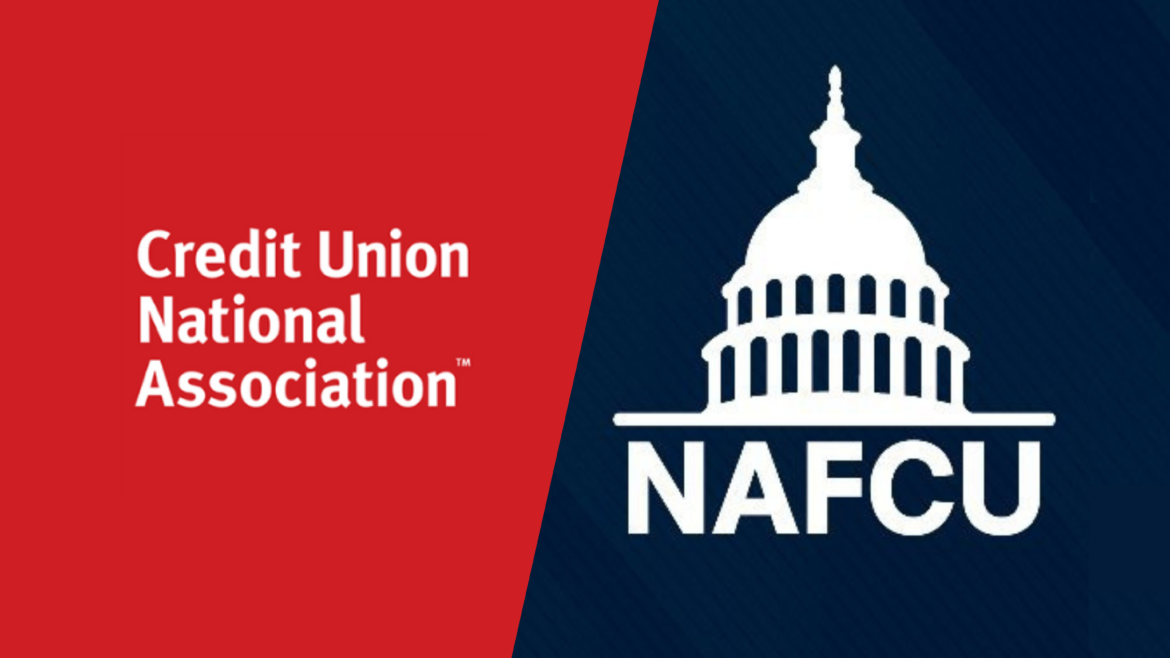Read more at chipfilson.com
Here are my first thoughts. The members of both organizations will vote on the mergers. This is a good precedent for all coop mergers. That way the details and commitments are explained to both constituencies. When only the merging entity votes, the acquiring firm is exempted from commenting, or even committing, to what the intended benefits will be.
The loss of competing views
Competition in ideas can result in more and better options for credit unions. NAFCU as the # 2 trade association had to always “try harder.” This was especially important in critical moments of legislative and regulatory change when there were different “proffers” or options presented by each trade group responding to congressional or administration views. One need only recall the give and take in passing the CUMAA in 1998.
NAFCU’s origin story in the early 1970s was to advocate for a federal insurance option, a position on which CUNA was extremely skeptical. CUNA feared federal insurance would mean the dual chartering system and cooperative solutions would be subjugated to federal control and uniformity. Both trade groups were right.
As any CEO who has merged their credit union will testify, mergers are acquisitions, not “marriages of equals,” or other PR pseudonyms. CUNA’s culture, priorities, and politics will be—absent explicit goals—the continuing model.
The importance of details and plans
This first step of mobilizing political consensus at the board and CEO level for a merger is the easy lift. Most mergers defer the messy details until after the deed is done and the surviving leadership takes over both organizations.
Intentions, promises of shared goals, enhanced capabilities, reduced costs-in sum better value for the members-are never identified or stated. Just rhetorical promises, sometimes sugar-coated by adding several directors from the old organization to the new.
Details matter when changes of this magnitude and circumstance occur. What I will be seeking in this process is how the merger will address the top two or three strategic issues facing credit unions and the future of the cooperative option in America’s financial markets.
Every party serving the cooperative system will have a different vantage point from which to provide their priority. In my view, this strategic assessment should be the number one task for this most consequential change in how America’s credit unions will be represented going forward.
Some strategic issues might include:
- What should be the role and voice of the member-owner, now largely absent, in the evolving credit union model? The NCUA prefers consumer protection, not member rights. Credit unions have removed members from any meaningful role in the governance process.
- How will the continued trends in consolidation and the absence of new charters be addressed?
- Can the unilateral and “me-first” approach of the NCUA be transformed into a more collaborative, cooperative effort for oversight and project priority?
- How can the credit union system be more engaged in addressing the key challenges members face in their communities from affordable housing, student debt overload, and fair financial options?
Priorities may vary across the numerous cooperative organizations. However, without identifying these issues, the merger outcome could be samo-samo.
What the future holds
Ed Callahan used to observe, people will do what they know. Meaning they revert to the actions with which they are comfortable. In this case, a single national trade association could result in just more resources devoted to political lobbying, PACs, and PR tacking with each change in the political and economic winds.
Without a plan for what the system should strive to be, a CUNA-NAFCU merger could just perpetuate the status quo but absent an important forum for dissenting views.

























































